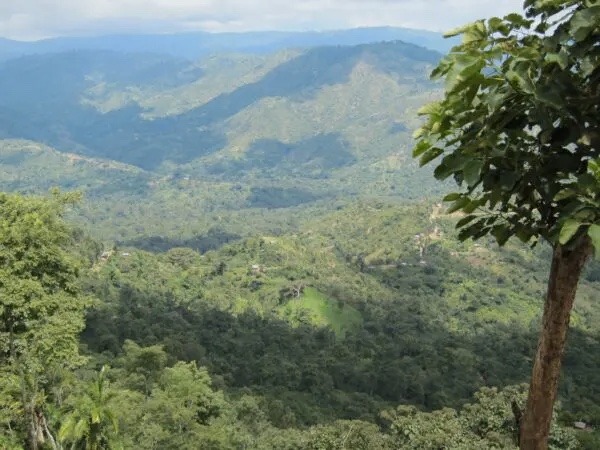Ethiopia Yirgacheffe Limu

Ethiopia is regarded by many as the birthplace of coffee. It has been cultivated there since the 1500s in much the same way it is grown today. Most coffee grows wild in the shade of other trees and is known as forest-grown coffee. Different coffees grow in gardens and other crops, with minimal agricultural intervention. Some are a bit of a combination, where producers lightly cultivate and weed their forest crop to ease harvesting. In any case, most smallholders produce an average of only five bags per year.
Limu lies in the western highlands of Oromia, Ethiopia. This region is known for its abundant water supply and forests (adjacent to those pointed towards as the birthplace of Arabica coffee). Most coffee in Limu is semi-forest grown on less than one hectare. Here, hummus-rich soils are renewed constantly by the continual fall and decomposition of organic matter.
Traditionally coffee in Limu was dried in the fruit and stored by producers in their homes until taken to a dry mill for exchange. It is only with the recent development of collective wet mills in the region that washed Limu coffee has emerged. The availability of water here, in particular, enables the washed process. This process, coupled with the genetic diversity of heirloom coffee varieties, yields the characteristic flavor profile. Like the coffee from other Southern regions, such as Yirgacheffe and Sidamo, Limu is known for its citric acidity and floral notes. However, Ethiopia Limu G2 typically has a fuller body and winey acidity.